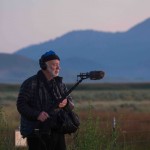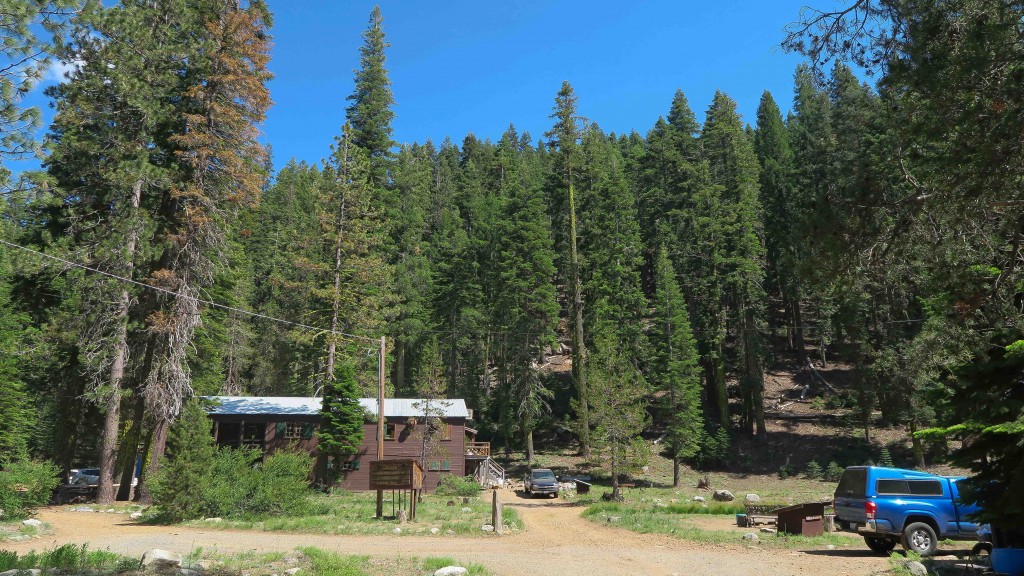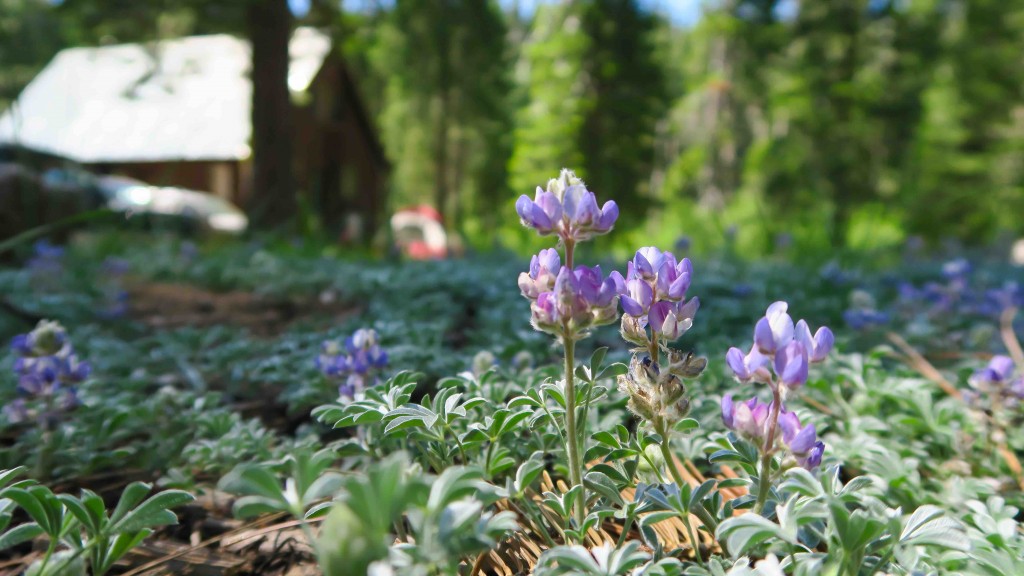I’ve spent a decade recording sage-grouse pops and whistles, and yet this weekend I felt like a novice. And that’s a good thing! I had the amazing good fortune to be invited to give a talk at the 2017 Nature Sounds Society Field Recording Workshop. This was one of the first times I’ve gotten to interact with serious nature recordists. I’m talking about people who sweat the details of getting the gear and technique right to capture what it feels like to be somewhere else. I’ll freely admit that I’m much more of a data collector, and it was wonderful to spend time with these folks who seem to bring together the best parts of aesthetics, technology, and love of nature.
The workshop, the 33rd of its kind, was held at the Yuba Pass field campus of San Francisco State University (north of Truckee, California). This is a gorgeous field station nestled among towering pines near a rushing river in the Sierra Nevadas. We slept on surprisingly comfortable cots in large tents on raised platforms. Meals and lectures were held in a 2-story main building where our class would mingle with other station users and staff. We had, in my opinion, a perfect combination of amenities: Hot water– Check. Flush toilets– Check. Cell service– Not Available.
In the evenings, organizers Dan Dugan and Sharon Perry along with tech consultants Greg Weddig and Steve Sergeant helped us test our recording gear to prepare for the next morning. We were also invited to test out and borrow spare equipment. Mauricio Shrader, a birding-by-ear instructor, provided helpful tutorials, on what to listen for while out in the field.
For me, it was really valuable to hear so many perspectives on nature sound recording. Steve Seargent led a roundtable discussion about how best to set up a relationship with a state or national park and provide valuable services in documenting their soundscapes. Jim Metzner, host of Pulse of the Planet, shared several enchanting clips from his decades of travel and interviews, and gave his perspective on what it meant to capture an audience’s attention and imagination with sound. I spoke about the role of sound in sage-grouse biology and conservation.
As someone who last shopped for audio gear more than a decade ago, the hands on demonstrations were particularly interesting for me. Dan, Greg, and Steve set up a selection of more than a dozen different kinds of microphones, from omni to shotgun to parabolas, along with several stereo rigs. It was so cool to be able to put on headphones and test them all out. Sharon led the apparently famous “Build your own windscreen” workshop too. I’ve now got a shaggy shotgun windscreen that looks like a cross between an opossum and a giant hotdog!
Of course most of the best parts were getting out to some beautiful spots to record. I’ll talk about that in Part 2.



